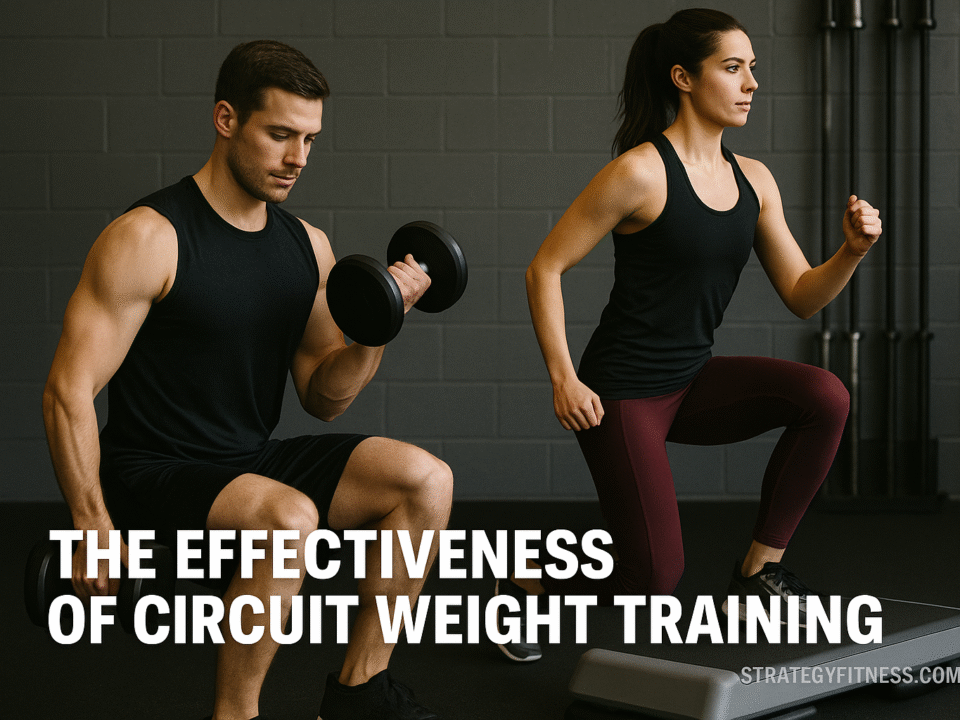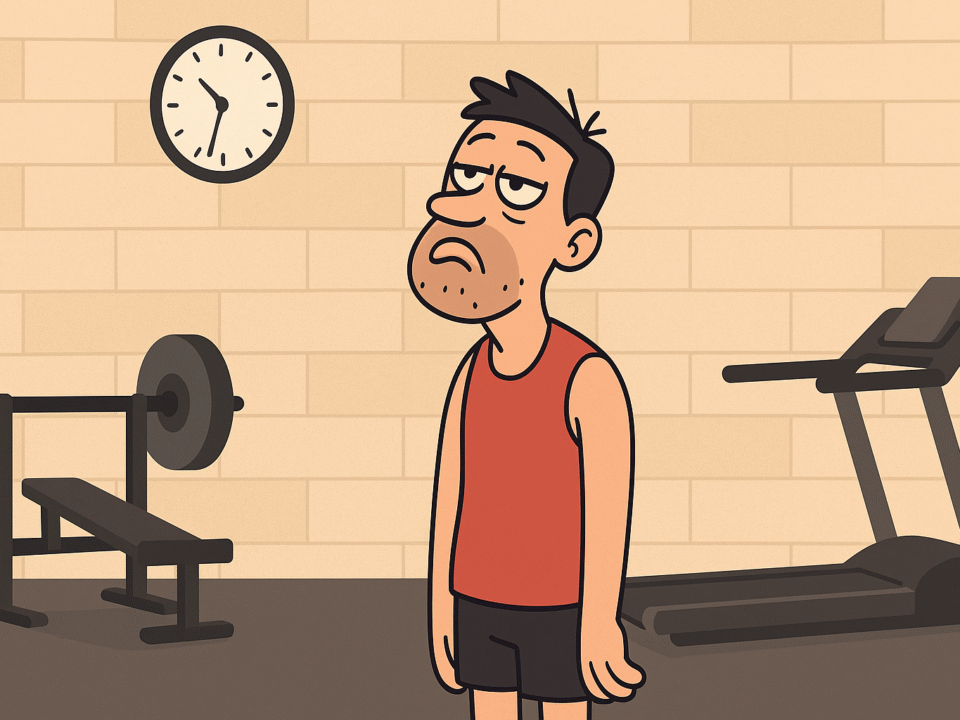Free Weights: Pro’s and Con’s

Back at the Gym and Pushing to Hard?
Free Weights Training involves lifting items against gravity to improve strength. It consists of all Weight Lifting Equipment such as dumbbells, barbells, medicine balls, kettlebells, and weighted plates. The major gains in functional strength come from free weight workouts. Everyone should lift the free weight; if you have a favorite machine, it’s recommended to find a free weight counterpart to add to your toolkit. That isn’t to say you shouldn’t use machines, but learning to use free weight will broaden your range and benefit you in the long term.
The Pros of Free Weights
1. Strengthen Your Functionality
Functional strength is what makes you a strong person in real-life situations. It’s the kind of strength that can be applied and translated in everyday cases, such as moving your couch up several flights of stairs and even improving your overall flexibility to the point where you can lace your sneakers while standing. It is the most significant difference between free weight and machine exercises.
While both approaches train the same major muscle groups, free weight includes a variety of linked and supporting muscles, tendons, and ligaments—acts that machines don’t require. It enhances your general balance and muscular control and allows you to strengthen your muscles from various angles.
2. Burn More Calories
Free weight compels you to use more muscle areas than machines do. It can be beneficial or detrimental. That’s why we recommend doing machine lifts towards the conclusion of your session when some muscle groups are wary.
On the plus side, you’re burning a lot of calories that you wouldn’t be if you weren’t on the machine. When squatting with free weight, for example, you must work your shoulders, core, and sometimes even your arms in addition to your quadriceps, hamstrings, inner thighs, and glutes, depending on how you hold the weight. That is a full-body exercise that will raise your heart rate to the point where you’ll be burning calories even when ‘resting.’
3. More versatile
Free weights are more adaptable; a basic set of dumbbells may perform a wide range of workouts. Hold the weights with your hands facing forward, your body, or the wall behind you, for example. You can complete three separate workouts while doing so, each of which will engage your muscles differently.
4. Boost Your Gym Confidence
Any strategy that can help you stay motivated is priceless. Learning the proper technique for lifting free weight improves your gym confidence and makes you feel more connected to the ‘gym community.’ It feels fantastic to back squat correctly, push about actual weights, and be at ease while doing so.
It may seem insignificant, but psychologically, you will be more willing to return for another session if you feel confident at the gym. Since the consistency of exercising is one of the most crucial aspects of a healthy workout regimen, working out with free weight and expanding your gym experience is a good idea.
5. Allow Body-Specific Workouts
There are no restrictions or limitations on where or how you can move the weight when you lift the free weight. You move within your body’s natural range, whether you’re tall, short, flexible, rigid, wide-framed, or slender, it’s the most acceptable way to work out, but it does require some practice to make sure you’re doing it correctly.
The machine controls your range of motion on a reverse fly machine. You may be able to adjust the seat height depending on your height, but the machine is unlikely to replicate the natural rotation of your shoulder exactly.
The Cons of Free Weights
1. Can be dangerous
Suppose you don’t use good technique while training, you could injure yourself. It would help if you learned to keep your weight balanced while exerting force. It can be difficult and perhaps dangerous if you’re lifting weights above. If you plan to undertake heavy lifting with free weight, make sure you have a spotter to assist you in preventing injuries.
2. Difficult to isolate single muscles
It can be tough to isolate individual muscles. It would help if you used a highly exact technique to target the muscle you want.
3. Technical knowledge is required
For effective results, it is essential to have technical knowledge and understanding of using free weight properly; instead of lifting them slowly and steadily, swinging free weight exercises the muscles more effectively and safely.
Weight Machines: Pro’s and Con’s
Any workout that you find yourself ‘operating’ is called machine training. It usually entails sitting in, on top of, or next to a machine that requires you to transfer weight using levers or compressed air. The machine’s action is pre-programmed, enabling you to only move the weight in a specific direction and range.
The Pros of Weight Machines

Personalized Home Training.
1. Weight Machines are easy to use
In the world of workouts, machines are the easiest to use. Everything is pre-processed and ready to use right out of the packaging; all you have to do now is read the side instructions and workout.
2. More efficient at Isolating Specific Muscles
The capacity of machines to target a single muscle is a significant advantage. Focusing on just one muscle while using free weight can be challenging. For example, when we do an exercise while standing, we naturally use a lot of muscles in the lower body and our core to keep us balanced during the task.
When we’re safely seated on a bicep curling machine, on the other hand, we can completely isolate the bicep muscle and concentrate solely on the contraction. It is why bodybuilders frequently employ gym machines to concentrate on developing visually complete muscles: they can perform a comprehensive exercise isolating specific muscles and shaping their physique as desired.
3. Generally Safe
Some of the dangers involved with free weight workouts are eliminated when using machines. Barbells not correctly racked and dumbbells dropping on toes or over-exerting your lower back are all eliminated. While the stiff design of gym machines limits your range of motion, it is an advantage for safety because all of the moving parts are enclosed and controlled. However, you can still get hurt when using a machine.
4. Increase the Range of Motion of Your Muscles
Machines can keep specific muscles functioning for extended periods than free weight exercises. Take the bicep curl, for example. When you use two dumbbells and the force of gravity as your workout stimulant, you don’t need to exert much force to beat gravity at the very top of the curl. The weight on the machine, on the other hand, only moves up and down, so you’re constantly fighting gravity from the bottom of the curl to the very top. There are always ways to adjust and enhance the range of any given free weight exercise with adequate knowledge and expertise. Still, using a machine is usually far easier to get your muscles working in their entire range.
5. Machines are very effective and efficient
Machines provide proper lifting actions, which helps avoid cheating once muscle fatigue sets in.
The Cons of Weight Machines
1. Inconvenient
Machines necessitate going to the gym, and then there’s the issue of how crowded the gym maybe and waiting for the machines to become free.
2. Unnatural range of movement
Machines limit your mobility to a set path, which usually means you can’t move the way your body was made to move. It isn’t a major issue until you increase the load, at which point you may get more joint injuries.
3. Difficult to burn calories
Exercises requiring you to use more of your body at once, focusing on numerous body parts, a wide range of motion, and a variety of loads and speeds compel you to burn a lot of calories, allowing you to accomplish a lot in a short period. Since you’re moving so much less mass using machines, you don’t need to expend as much energy.
Bottom line: Weight Machines vs. Free Weights
The answer isn’t definitive, as it is with so many things in fitness. As you can see, both free weight and weight machines have benefits and downsides. Although the advantages appear to favor free weight, this doesn’t rule out the use of machines in your exercises.
The critical point is understanding which type of strength training is appropriate for your goals and abilities. Dumbbells may be the most excellent choice for an overall strength workout. However, use the weight machine if you are a bodybuilder and target specific muscles. Add resistance bands and bodyweight workouts as needed, and you’ve got yourself several terrific ways to train yourself to achieve your strength goals.






